The Italian fashion label Krizia was founded by Mariuccia Mandelli in 1954. It soon grew to be a beacon for Italian design and creativity, becoming instantly recognizably in the 1970s and ’80s for its play with animal patterns and pleating.
The house has undergone a moment of revitalization recently, with entrepreneur Zhu Chongyun in 2014 injecting the brand with a sense of 21st-century dynamism and international edge. On the occasion of the return of Krizia to its historic home, Spazio Krizia, Whitewall caught up with Antonio D’Anna and Simona Clemenza, the head of design and the CEO, respectively, about expanding its presence abroad and the potential for future artistic collaborations.
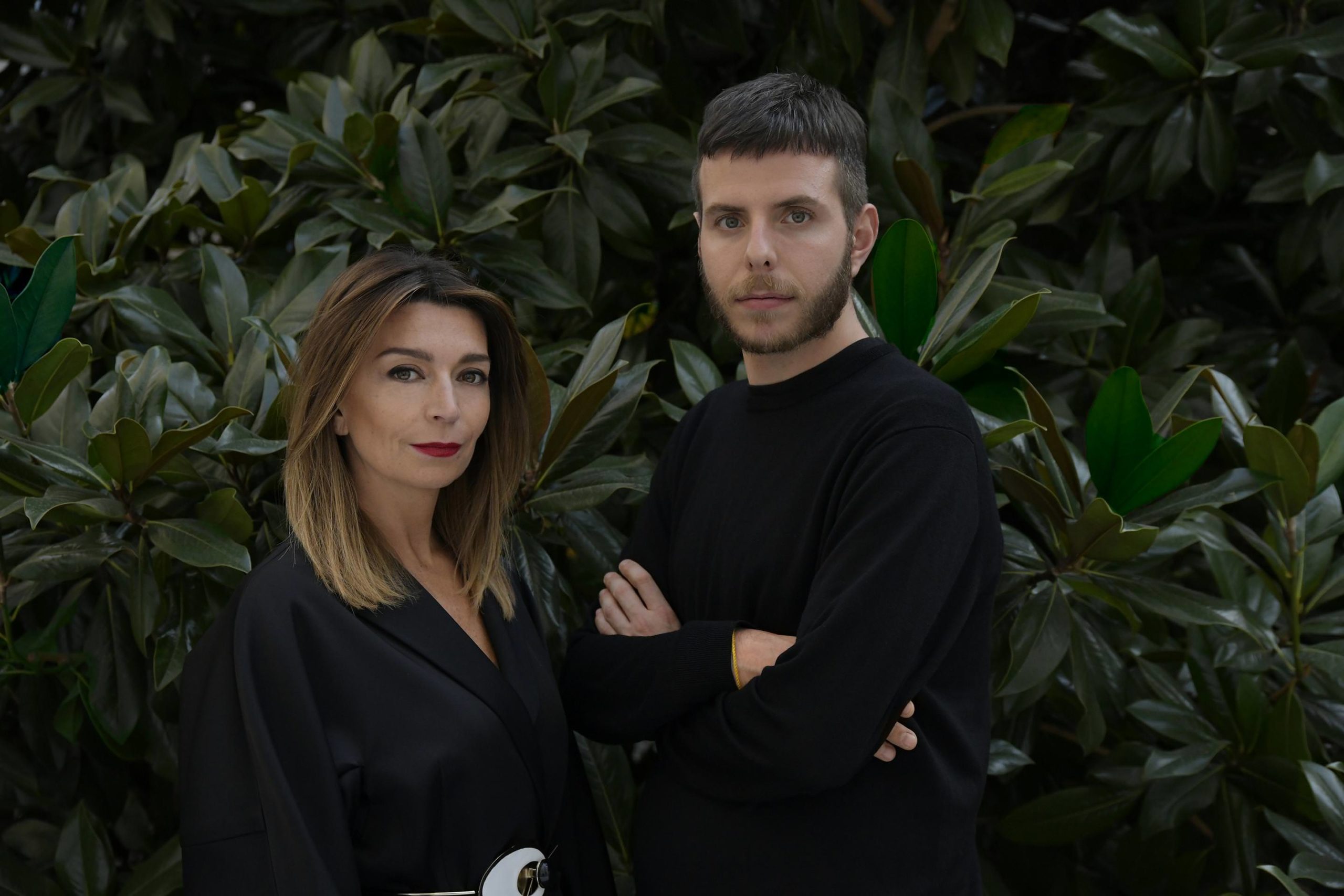
Simona Clemenza and Antonio D’Anna
Photo by Piero Biasion
WHITEWALL: Krizia is a symbol of Italian creativity and Made in Italy craftsmanship. How would you describe Krizia’s iconic codes?
ANTONIO D’ANNA: Krizia is innovation, and for this reason all its iconic elements have always been characterized by both material and structural experimentation such as plissé, inlays, and embroidery, and this is what made it world famous.
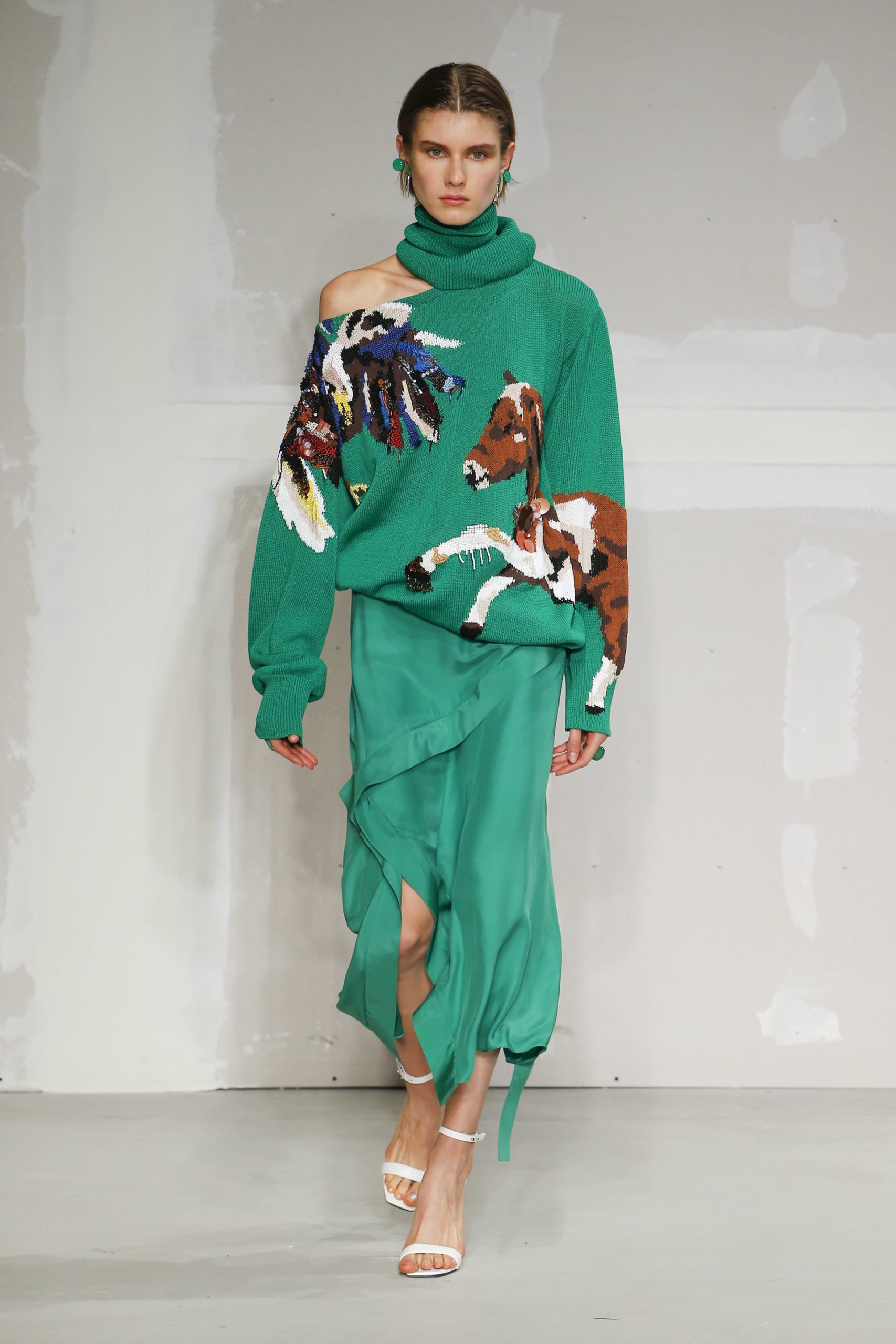
Krizia spring/summer 2018
WW: When mining inspiration from the archives, what stood out that made sense for contemporary collections?
ADA: It’s an incredible archive. There are many aspects that can be adapted in a contemporary look, such as the use of experimental materials and architectural modeling that is able to be readjusted in a current key.
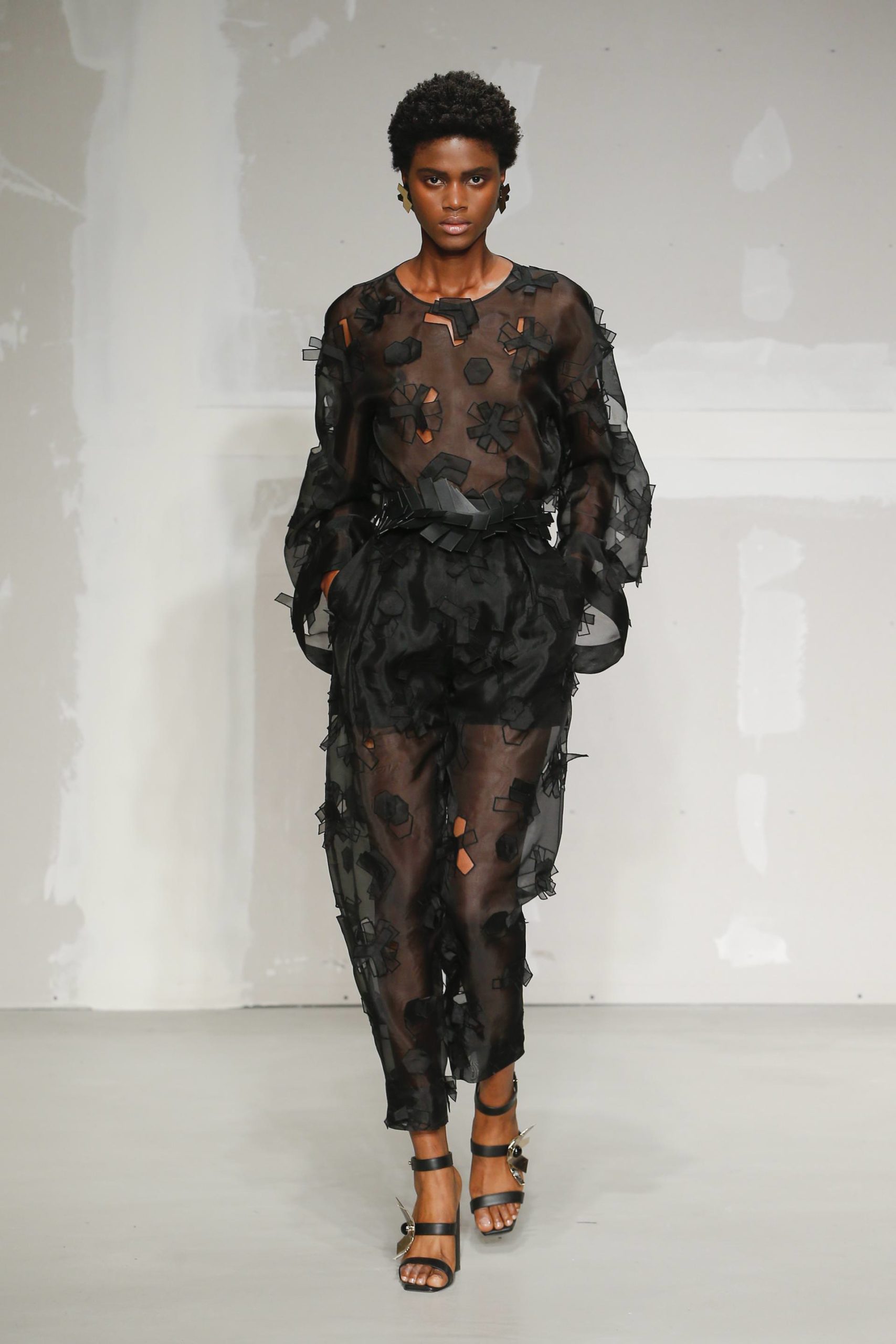
Krizia spring/summer 2018
WW: Who is the Krizia woman of today?
ADA: Like the historic woman of the brand, a woman who maintains her strength. But now, she is also relaxed, with an approach more in line with the times in which we are living.

Krizia spring/summer 2018
WW: How did you want to reimagine pleating, animal prints, and other icons of Krizia’s past for the Fall/Winter 2017 collection and the Spring 2018 collection?
ADA: The focus on plissé is based on Krizia’s impressive modeling, but it’s adapted to more fluid fabrics, and so, while retaining the DNA, is translated into a more slippery and relaxed version.
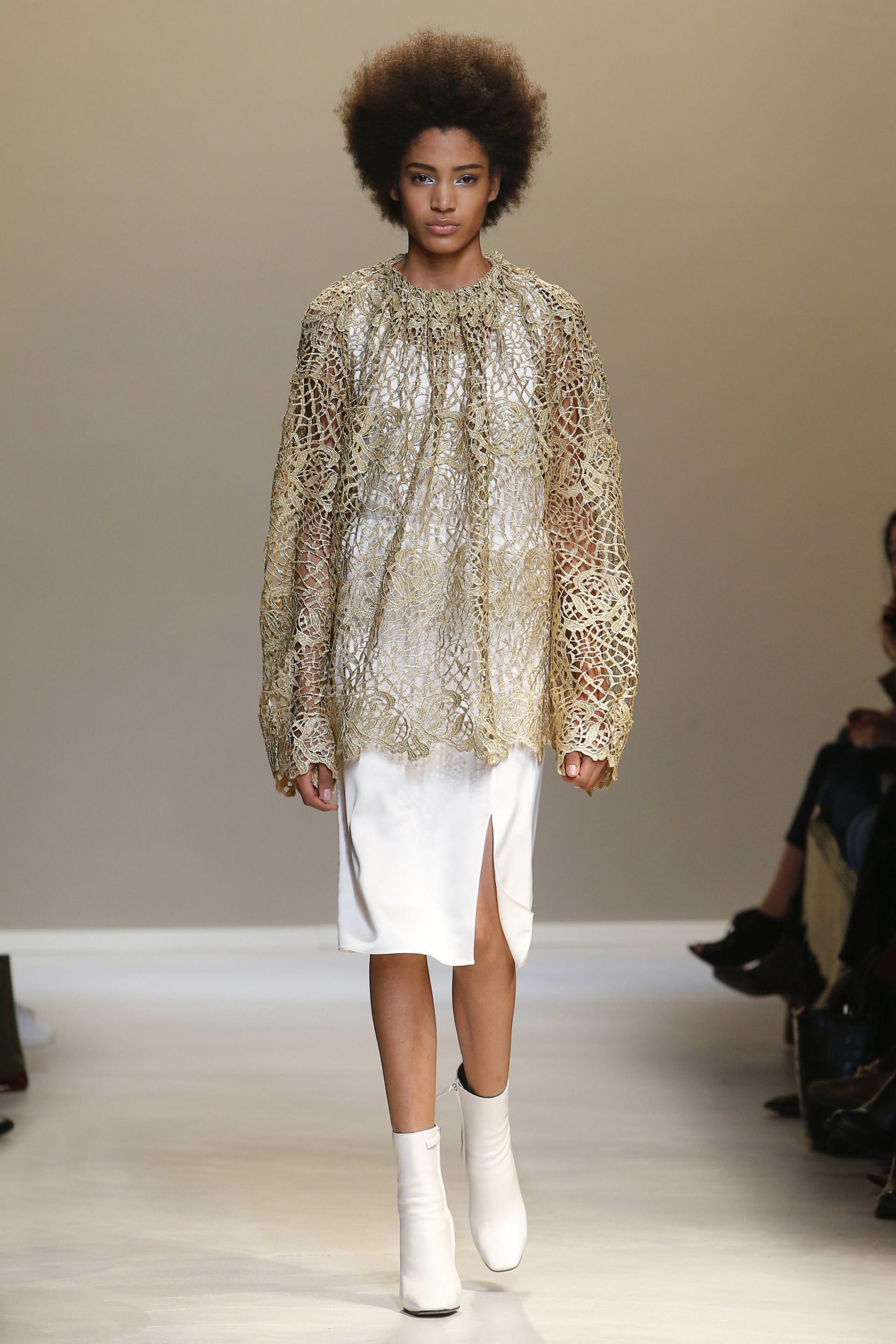
Krizia fall/winter 2017-18
It pays homage to the animal with prints and images sometimes placed in unexpected places.
Mrs. Mandelli cares so much about the plastics, and now they are moving from jewelry to embroideries and clothing applications.
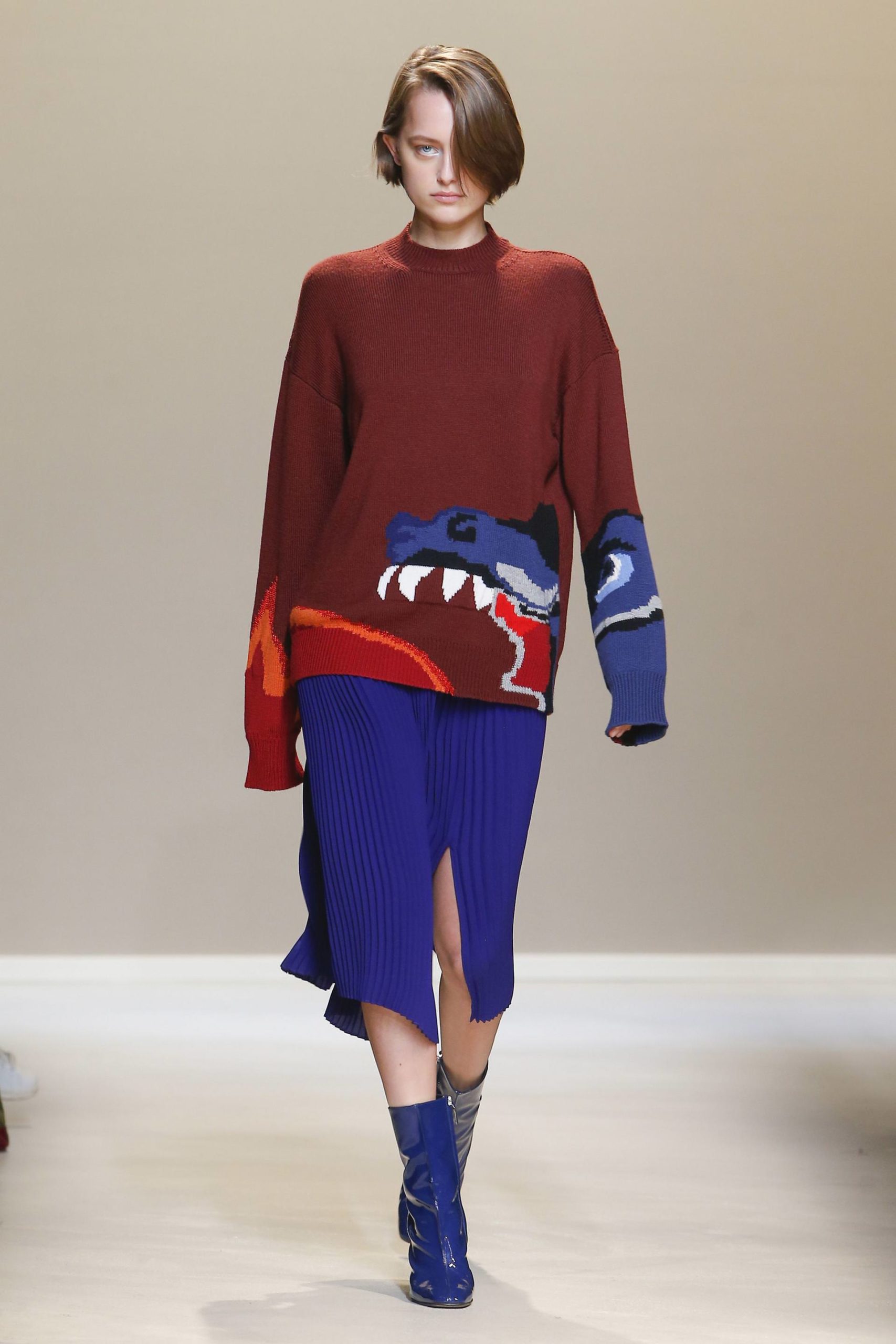
Krizia fall/winter 2017-18
WW: What is the starting point for each collection? Where do you like to seek inspiration?
ADA: There is no specific departure—each collection lives on its own, and it can be born from prints linked to an art exhibition, enriched by the flavor given by the continuous work on the archive and conversations with the art director, Mrs. Zhu.
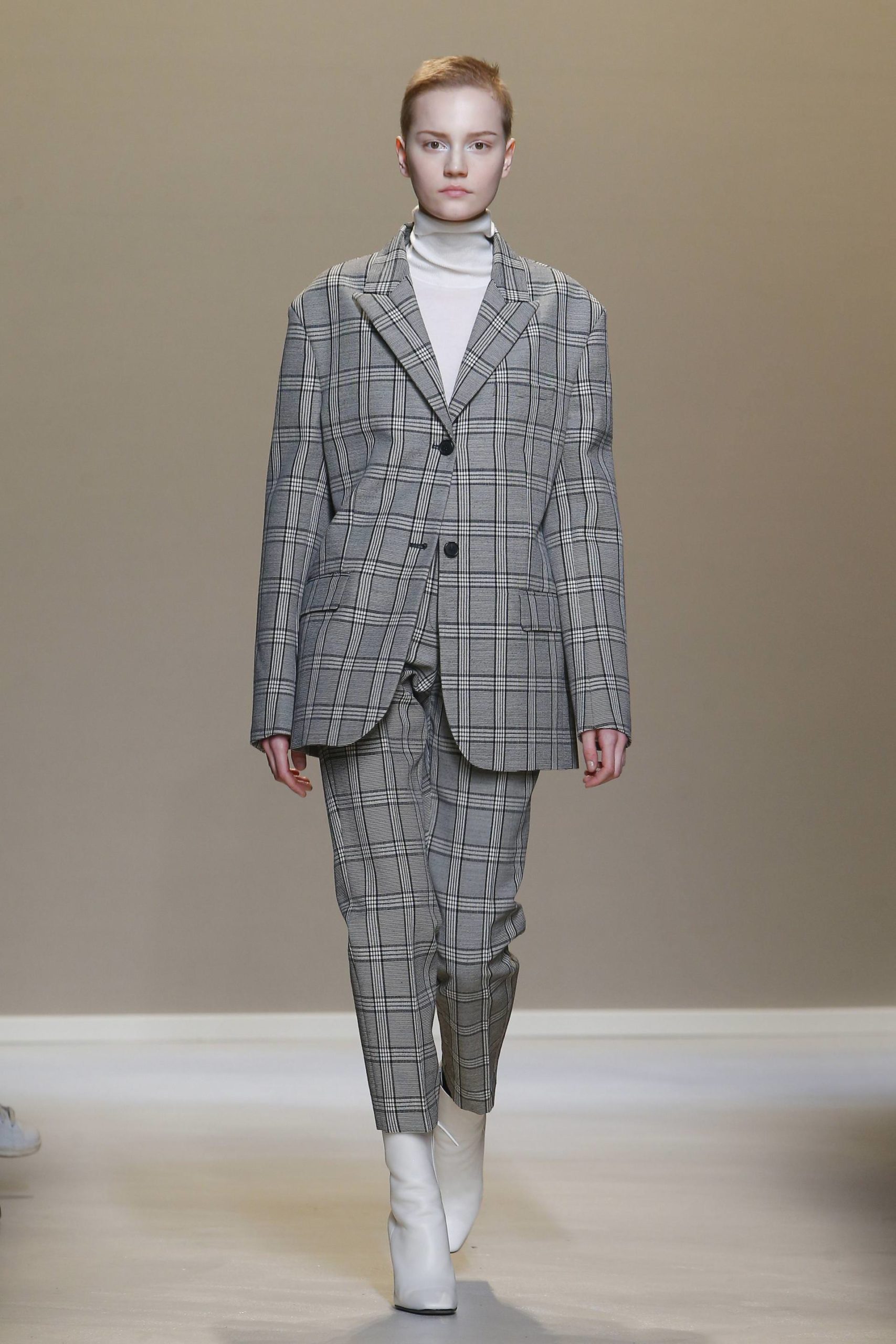
Krizia fall/winter 2017-18
WW: How much experimentation is part of the design process?
ADA: There is a great experimentation, both on the front of the study of fabrics made in Italy, which mostly start from the search for the yarn to create unexpected effects, then to the construction of the garments, which because of their complexity require hours and hours of work, so that the embroidery is also born from different materials, sometimes unexpectedly coupled.
WW: For Spring 2018, can you tell us about where the geometric, repetitive patterning came from?
ADA: The geometries arise from the reinterpretation of the plissé concept, so that the geometries are duplicated by re-creating the serial movement of the fold in an optical key.
WW: Did we sense a Japanese kimono style of inspiration as well?
ADA: True, Japan has always been one of the markets most loved by Mrs. Mandelli, so we wanted to give the flavor to the collection, both with the use of Japanese fabrics created with Japanese threads and the reinterpretation of samples which are realized from a fusion between the men’s tailored jacket and the Japanese kimono.
WW: Spazio Krizia and the brand’s historic store on via Spiga in Milan have been reinvigorated. How do you see Krizia expanding, retail-wise, internationally?
SIMONA CLEMENZA: Krizia will expand internationally via different channels. At a retail level I target opening several stores in the main European capitals such as London, Paris, and few others. We will also launch our e-commerce by February 2018 with European deliveries. At a wholesale level, we are collaborating with the key accounts in the EMEA region.
WW: What kind of collaborations with creatives and artists do you want to pursue in the future?
SC: First of all, we target collaborations with artists that will create an immediate empathy with the audience, interesting things that will surprise. Art is a way of communicating what we think in a much deeper way and challenges us to new visions and gives us new emotions.
We want to be a platform that will launch new talents and at the same time works with established artists. The goal is to give to Milan a constant dialogue with the city and the audience.
We do art not because we want to sell, but because we want to express our vision.









